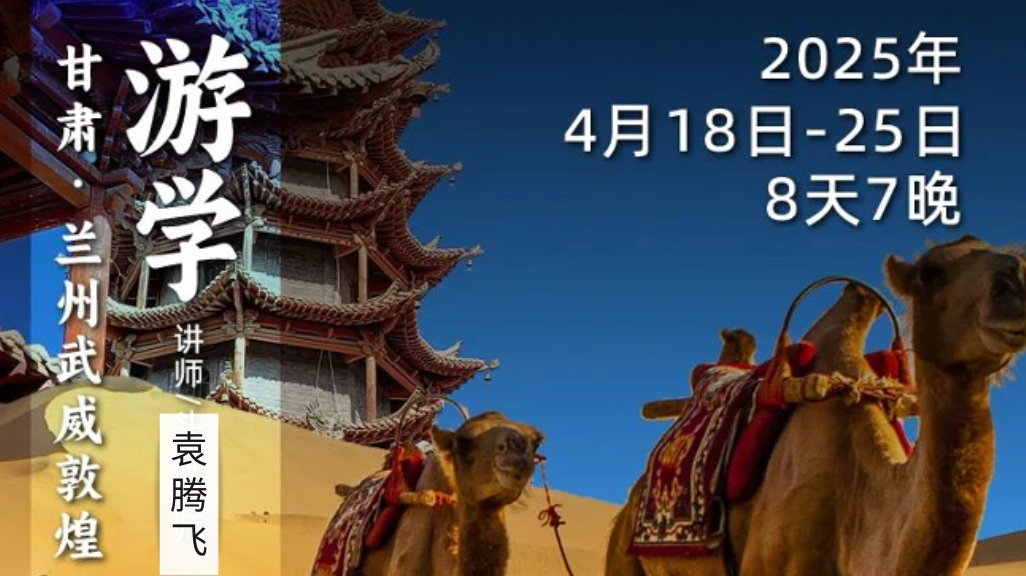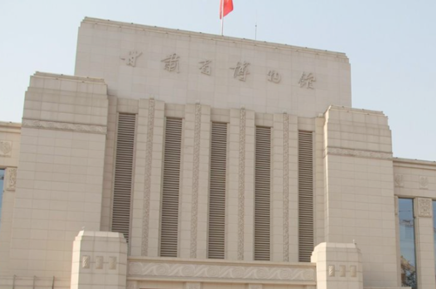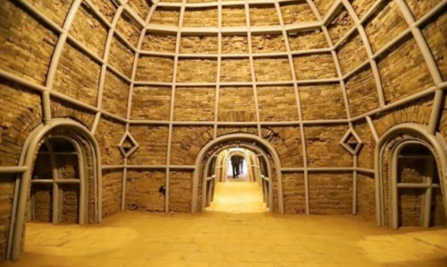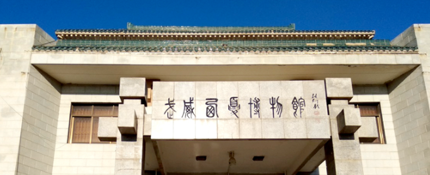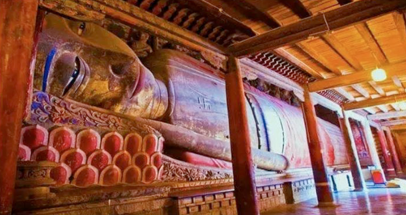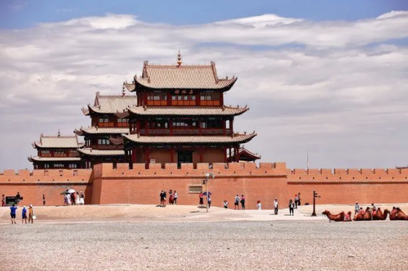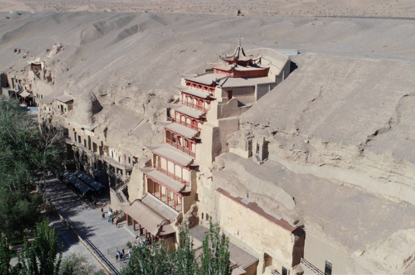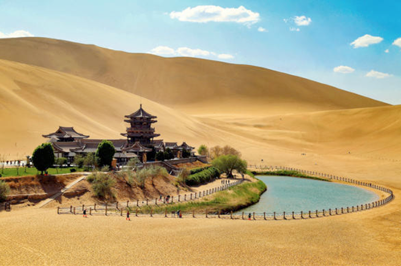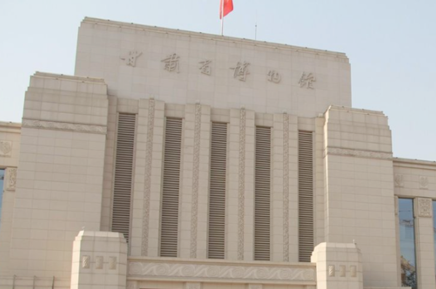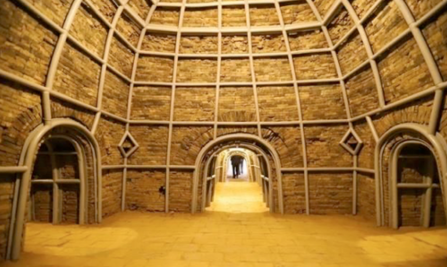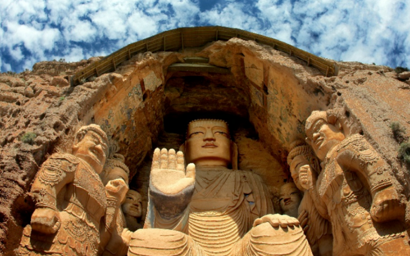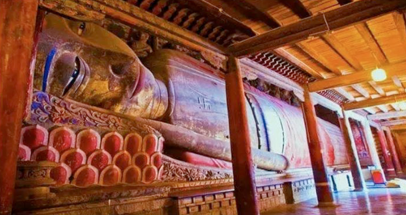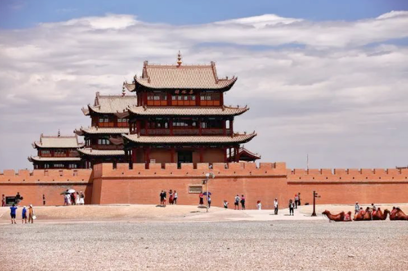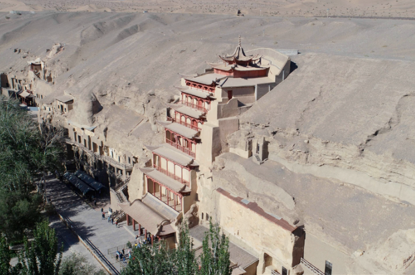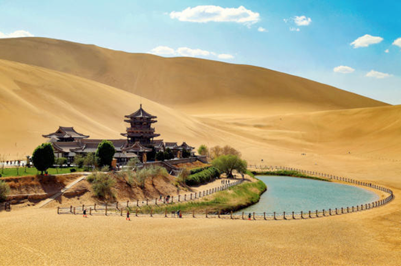LIFEANO 给生活另一种可能
April 18–25, 2025 | Traveling in Gansu - Teacher Yuan Tengfei takes you to visit the pearl on the Silk Road
April 18–25, 2025 | Traveling in Gansu - Teacher Yuan Tengfei takes you to visit the pearl on the Silk Road
Out of stock
Couldn't load pickup availability

Gansu Provincial Museum has a collection of more than 350,000 historical relics, modern and contemporary relics, ethnic relics, and paleontological fossils and specimens. The relics include bronzes, ceramics and jades from the Shang and Zhou dynasties to the Silk Road civilization of the Han and Tang dynasties; porcelain, wood carvings, silk fabrics, and paintings from the Song, Yuan, Ming, and Qing dynasties. Among them, the most outstanding are the collections of painted pottery, Han Dynasty bamboo slips, documents, Han and Tang Silk Road treasures, and Buddhist art treasures.
Among them, there are more than 3,000 exquisite historical relics, 16 national treasures, and more than 720 first-class national relics, including bronze chariots and horses, including the world-famous bronze galloping horses, wooden chariots and horses, gold and silver relic coffins, Xixia texts and cultural relics, and Tianti Mountain Grottoes statues.
No.2—Leitai Han Tomb

The Leitai Han Tomb is located in Liangzhou District, Wuwei City, Gansu Province. It is famous for the unearthed Chinese tourism symbol Horse Stepping on Flying Swallow. Leitai was a place for worshiping the Thunder God in ancient times. It was named after the Leizu Temple built in the middle of the Ming Dynasty on a ten-meter-high earthen platform.
According to the inscription on the chest of the unearthed terracotta horse, the Leitai Han Tomb is the tomb of "Zhang Jun, the governor of Zhangye", which was about between 186 and 219 AD. The tomb passage is 19.34 meters long, and the tomb chamber is divided into three chambers, front, middle and back, and three side chambers on the left and right. 231 cultural relics such as gold, silver, copper, iron, jade, bone, stone and pottery were unearthed, as well as 99 bronze chariot and horse ceremonial figurines.
Among them, the bronze galloping horse has the highest artistic value. The bronze galloping horse, also known as Ma Chao Long Que, is green bronze in color, 34.5 cm tall, 45 cm long, and weighs 17.5 kg. The horse is in a galloping state, with three legs in the air, head held high and tail raised, and under its right hind foot is a "wind god bird" dragon bird that spreads its wings and looks back in surprise. It has changed the traditional modeling method of celestial horses and conforms to the principle of mechanical balance. It contains rich celestial horse cultural connotations and has exquisite casting techniques. It can be called the best bronze art.
NO.3—Xixia Museum

The Xixia Museum is a "Hui"-shaped antique frame structure building, covering an area of about 3,570 square meters, with an exhibition area of 1,400 square meters. The exhibition uses a combination of large reliefs, cultural relics pictures, murals, and background paintings to truly and vividly reflect the great achievements made in the political, economic, military, and cultural fields during the Xixia rule.
The most precious exhibit is the Xixia stele. The original name of the Xixia stele is "Inscription on the Reconstruction of the Gantong Pagoda of the Huguo Temple in Liangzhou". It is the only existing stone stele in the country, the most complete and the one with the most parallel texts in Xixia and Chinese. It is 2.6 meters high, 1 meter wide, 0.3 meters thick, and inscribed on both sides. The front is inscribed with Xixia characters, meaning "Inscription on the Instruction of the Gantong Pagoda". The main text is Xixia regular script with 28 lines, 65 characters per line. The back is in Chinese seal script "Inscription on the Reconstruction of the Gantong Pagoda of the Huguo Temple in Liangzhou". The main text is Chinese regular script with 26 lines, 70 characters per line. The inscription tells the story of the initial construction, manifestation and reconstruction of the Huguo Temple Pagoda. It preserves a lot of historical materials and is of great value to the study of Xixia language, writing, economy and society. It is called a living dictionary for the study of Xixia by Chinese and foreign scholars.
NO.4—Tianti Mountain Grottoes

Tianti Mountain Grottoes, also known as Liangzhou Grottoes, Liangzhou Great Buddha Grottoes, and Great Buddha Temple, were founded in the Northern Liang Dynasty (397-439) during the Sixteen Kingdoms period of the Eastern Jin Dynasty, with a history of about 1,600 years. They were excavated by Liangzhou eminent monk Tan Yao and skilled craftsmen summoned by the Northern Liang King Juqu Mengxun. They were successively built during the Northern Dynasties, Sui and Tang Dynasties, Western Xia, Ming and Qing Dynasties, with a history of more than 1,600 years.
Tianti Mountain Grottoes are one of the earliest grottoes excavated in China. They hold an important position in the history of Chinese Buddhism and are known in the academic community as the "ancestor of grottoes."
NO.5—Big Buddha Temple

Zhangye Dafo Temple, formerly known as Jiaye Tathagata Temple, is also known as the "Reclining Buddha Temple" because of the statue of Sakyamuni's nirvana enshrined in the temple. It is a temple built by the royal family of successive dynasties. It is located in Dafosi Lane, Minzhu West Street, Ganzhou District, Zhangye City, Gansu Province, with a total area of more than 30,000 square meters. It was built in the first year of Yong'an (1098) of Chongzong of the Western Xia Dynasty.
Zhangye Dafo Temple is an important scenic spot and historical site group on the Silk Road, and is also a landmark building of the historical and cultural city of Zhangye. It preserves the country's largest Xixia Buddhist temple - the Great Buddha Hall, the largest indoor wooden clay reclining Buddha, and the most complete first-carved and first-printed version of the Yongle Northern Tibetan Buddhist Canon. It is a Buddhist art museum integrating architecture, sculptures, murals, carvings, scriptures and cultural relics.
As a royal temple of successive dynasties, Zhangye Dafo Temple has close relations with the royal families of Xixia, Yuan, Ming and Qing dynasties, and has a typical palace architectural style. The temple complex runs through the central axis running from east to west, and the left and right side halls are arranged symmetrically. The whole group of buildings has unique shapes, rigorous layout, prominent themes and clear tones. The main building, the Dafo Hall, is an outstanding representative of Xixia architectural art. The hall consists of two floors, with neat and standardized plane structures and various spatial combinations. It gives people a sense of both natural and solemnity, as well as vividness and haziness, reflecting the royal "Nine Five Supreme" spirit.
Share
